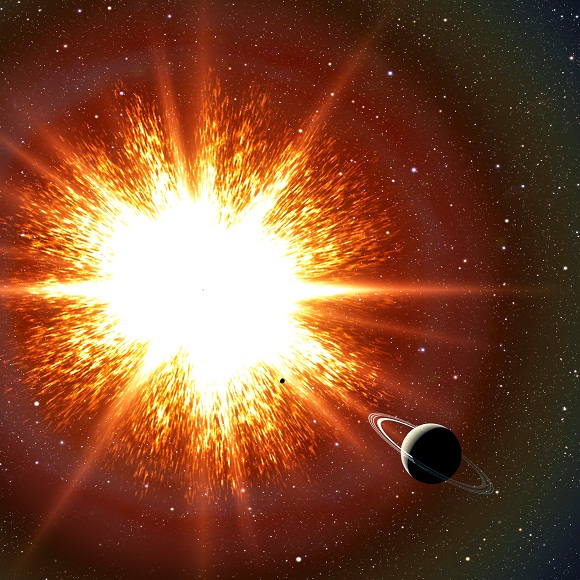Citizen science project identifies 20 new astronomical discoveries
A citizen science project, which invites members of the public to take part in identifying cosmic explosions, has already identified 20 new astronomical discoveries. Over 2,000 volunteers across 105 different countries have worked on 600,000 classifications over a six-month period. The project “Kilonova Seekers” aims to find kilonovae – the Read more





![Star types from left to right: a red dwarf, our Sun, a blue dwarf, and R136a1 (hypergiant). Where star sizes are measured by radius, from centre to surface, and where 1 solar radius is equal to that of our Sun (km) - R136a1’s radius is 35.4 times greater than the Sun [approximately 24.8 million km]. Credit: Author: ESO/M. Kornmesser](https://armaghplanet.com/wp-content/uploads/2012/03/image-of-star-types.jpg)

